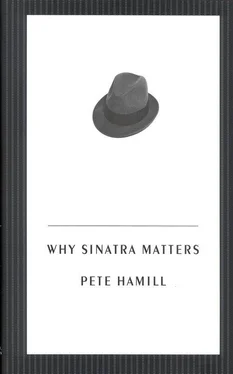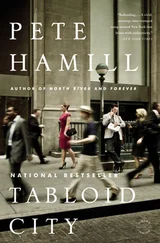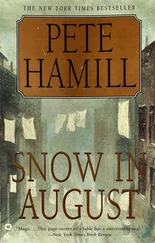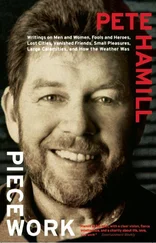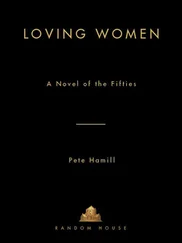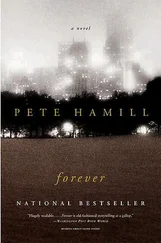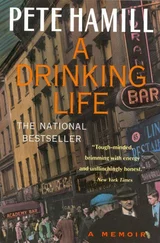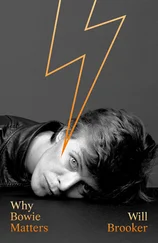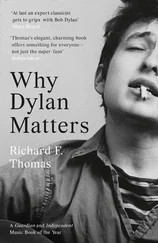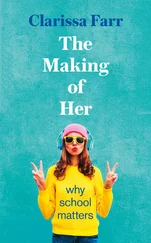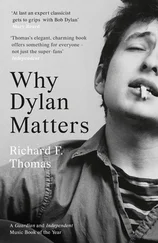“The radio was like a religion,” Sinatra remembered. “They were even shaped like cathedrals.”
For the immigrants themselves, the phonograph was initially more important. For the first time, Italian immigrants could bring great music into their daily lives in ways that were impossible in the Old Country. These were people, the contadini from the countryside, who could never afford entrance to opera houses or grand concert halls. If they could buy the tickets, they could not afford the clothes that would grant them entry. Many knew the melodies of Puccini and Verdi from the singing of inspired amateurs. They had heard some of the music from the mouths of organ grinders. But now here was Caruso himself, singing in their kitchens or living rooms. After 1940 Frank Sinatra would also sing in many of those rooms.
III . Two immigrant couples concern us here: one from Sicily, the other from the distant north of Italy. They had a common goal but were shaped by different histories and geographies. As a nation, after all, Italy was even younger than the United States; the various city-states were not consolidated into a united Italy until 1871. To be Italian instead of Piedmontese or Sicilian required an act of the imagination so powerful that it could erase the disputes and violence of centuries. For many, that psychological unification never happened. Even in America, the old regional and city conflicts often continued, leading to snubs and feuds and rare spurts of violence; it took American bigotry to make them all feel like Italians. And by then most of them wanted to be something else: Americans. If they were not readily accepted, so be it; their children would be Americans by right of birth.
Begin with the Sicilian couple. John and Rosa Sinatra (the name, in some versions of the tale, was originally Sinestra, and “John” surely must have been baptized Giovanni) were from Agrigento, a lovely town on the southwestern coast of the island. The town was founded by the Greeks about 500 b.c. Growing up in Agrigento, the Sinatras were familiar with the extensive Greek ruins, the underground water systems built by the Greeks, the secret catacombs. There were traces, too, of centuries of occupation by the Saracens, and later by the Spanish, in the language, the cuisine, and above all, in the social structure with its elites at the narrow top and the broad, uneducated mass at the bottom.
From the hills around Agrigento, a man could stare off across the Mediterranean toward Africa. Or he could look west, toward America. The town’s most famous modern citizen was the novelist and playwright Luigi Pirandello (born in 1867 in a suburb appropriately called Chaos). Pirandello was almost an exact contemporary of the elder Sinatra. With their mixture of love and hate for their island, their cynicism about authority, and a need to escape and start over, many Sicilians often must have felt like characters in search of an author.
As a young man in Agrigento, John Sinatra was a grape grower, subject to the whims of wind and weather. Much of Sicily, like almost all of the “boot” of the lower mainland, had undergone across the centuries what would now be called an ecological disaster: its forests obliterated for fuel or profit. The once-rich land turned powdery in summer, hard and unforgiving in winter. In the spring, floods transformed clay into glue. The swamps were infested with mosquitoes that spread malaria. Infant mortality was high. Doctors were rare. Education did not exist.
Like millions of other immigrants, the Sinatras were seduced by the gaudy promises of shipping agents and labor contractors and made the decision to cross the ocean. John could not read or write English (and might have been illiterate in Italian), but he surely must have believed that in America, his son, Anthony Martin Sinatra, would have a better chance at a decent life than he could ever have in Sicily. The Sinatras left for America in the last decade of the nineteenth century. They settled behind the Statue of Liberty in a town called Hoboken, a once-genteel bedroom for New York City that was being swiftly transformed by the immigrant tide into an industrial workshop. The rudeness of the German longshoremen didn’t matter to the Sinatras, nor did the power of the Irish police and politicians. John soon had a job in a pencil factory, earning $11 a week. It wasn’t much, but it was enough to feed his family.
The other couple in our story was the Garaventes. Unlike the Sinatras, they were city people, from Genoa, a hard northern port that, with its drydocks and piers and buildingways, looks in old drawings and photographs like the waterfront of Brooklyn. Henry James, visiting in 1890, described the “wonderful crooked, twisting, climbing, soaring, burrowing Genoese alleys” and the “sensuous optimism” of the inhabitants. Founded several centuries before the birth of Jesus, conquered and ruled at various times by the French, the Saracens, and the Austrians, the port was known for centuries as La Superba, the proud or haughty one. When I visited there twenty years ago, the narrow alleys of the old town exuded a sense of danger, even menace; but the city also contained baroque marble palaces that whispered of vanished glories. Genoa’s connection to America began with Christopher Columbus, who was born there. After the discovery of America, the merchants of Genoa amassed huge fortunes in trade with the New World. But the city also fomented a rebellious spirit. It was the birthplace of two great heroes of revolutionary nineteenth-century Italian nationalism, the romantic Giuseppe Garibaldi (who once lived in Staten Island) and the idealistic Giuseppe Mazzini. Those names would also be saluted in places like Hoboken.
The Garaventes settled among the poor of Hoboken, protected from outside dangers by the rigid structure of the ghetto. The fairest of their children was Natalia, known as Dolly. In Genoa her father had been a skilled lithographer, was literate, and knew the value of an education. He quickly found work while his spouse became a midwife. In Hoboken the Garaventes worked very hard to make a traditional home for their children, a place of safety and manners and respect for older people. There was no reason why the values of the Old Country should not continue in this new country; those old rules were not unique, after all — they were common to all good people. Or so they believed.
The Garaventes surely did not anticipate the assimilating power of America, la via nuova, the mysterious process that combined schooling, the streets, social and political institutions, and a new set of myths, peopled by baseball players, prizefighters, and movie stars. The power of la via nuova would inevitably change their children into Americans.
This process was dramatized about 1912. At some point that year, the young man named Anthony Martin Sinatra met the young woman named Dolly Garavente. Aside from the neighborhood in Hoboken, they had only one thing in common: each had blue eyes. Otherwise, they were very different.
Martin was quiet, shy, virtually uneducated (one account says that he was illiterate), but marked by a somber Sicilian gravity. The family narrative, constructed years later (and thus possibly suspect, as are all family narratives), tells us that, like many children of immigrants, he had turned to the prize ring, boxing at 118 pounds under the name of Marty O’Brien. We don’t know if this is true; so far, no records confirm it and there seem to be no photographs of him in boxing gear. But the use of the pseudonym makes it plausible. Certainly, Martin Sinatra would not have been the only immigrant to don a mask in order to scrape out a hard living. Assuming an Irish name was not unusual in that era of boxing; there were Jewish fighters with Irish names too; and Jim Flynn, the only man who ever knocked out Jack Dempsey, was actually named Andrea Chiariglione. One reason for the name changes is that there were not enough Irish fighters to satisfy the large number of Irish fans. The Irish were living their own American success story, moving away from the practice of the brutal sport, as doors opened to politics, police work, and the law. With his blue eyes, Martin Sinatra could pass for Irish. He certainly had no major career in the ring: he suffered from chronic asthma, had easily breakable “bad hands,” and in the various Hoboken versions of his tale is usually described as a club fighter of mediocre skill.
Читать дальше
